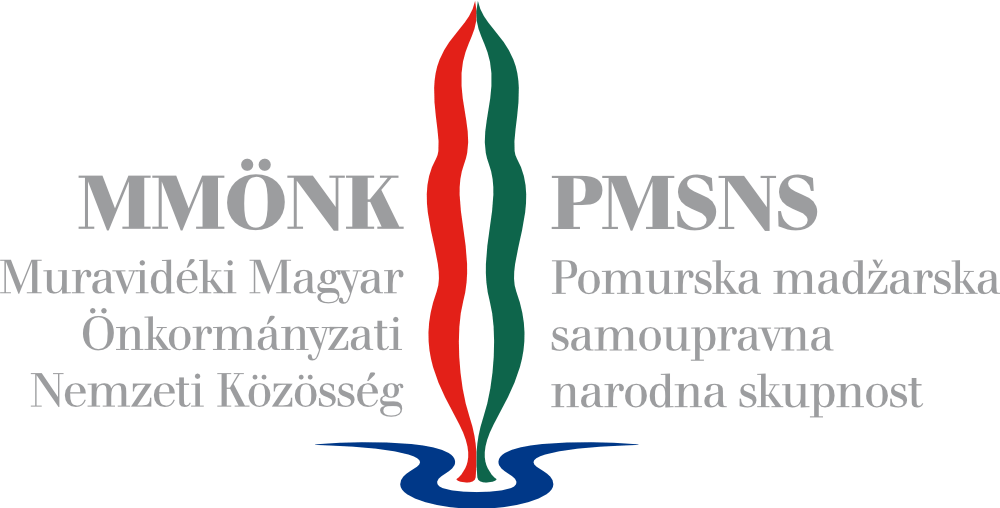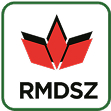Prekmurje, Slovenia
About the community
The members of the Hungarian community in the Mura region live in two larger clusters (Lendava region, Dombvidék) in northeastern Slovenia, in the strip along the Hungarian border. This area, consisting of 30 settlements, is considered ethnically mixed, which means that Hungarian is also an official language in this area and that the Hungarian nationality can exercise its special rights under the constitution and other legislation.
Outside this ethnically mixed area, Hungarians live in larger numbers in Murska Sobota and Ljubljana.
The last traditional census in Slovenia was in 2002, when 6,243 people declared themselves to be of Hungarian ethnicity and 7,713 people indicated Hungarian as their mother tongue. Since it was not mandatory to declare one's ethnicity, many (more than 20%) did not provide this information. The next census was register-based. However, we do not know the exact size of the Hungarian community, as there is no register of nationality. According to some estimates, the Hungarian national community in Slovenia numbers around 10,000.
History
Until the end of World War I, the Hungarian-inhabited settlements of the Mura region belonged to the Kingdom of Hungary: the hilly part belonged to Vas County, while the Lendava region, with its center in Alsólendva (today Lendava), belonged to Zala County. Under the terms of the Paris Peace Treaty, the region became part of the Kingdom of Serbs, Croats and Slovenes. During World War II, the territory was returned to Hungary, and after the war it became part of Yugoslavia.
From then on, there was no possibility of self-determination for a long time, but then, in the spirit of the 1974 Yugoslav constitution (which had a separate chapter on nationalities), Hungarian national educational and cultural interest groups were established in 1975, which later developed into so-called national communities. The new constitution of the Republic of Slovenia, which became independent in 1991, also contains a separate provision on indigenous nationalities, granting them special rights. The Act on National Self-Governing Communities came into force in 1994, ensuring national self-government representation at the municipal level.
Legal framework
Minority rights have developed as a result of a long process. The current legal situation is based on the Slovenian constitution of 1974, which had a separate chapter on the rights of national communities. The essential elements of this were also included in the new constitution of the independent Slovenian state, which was established in 1991.
The constitution states that the state protects and guarantees the rights of the indigenous Hungarian national community and that Hungarian is also an official language in the area where the Hungarian community lives. A separate article deals with the special rights of national minorities (e.g., use of national symbols, economic, cultural, and scientific activities, mass media, book publishing, education, maintaining ties with the mother country, establishment of local governments, representation in local government bodies and the National Assembly).
In the absence of a separate minority law, the specific content of individual rights is regulated by sectoral laws and other legislation.
Education
In the ethnically mixed region of Muravidék, there are compulsory and exclusively bilingual (Slovenian-Hungarian) educational institutions.
In bilingual schools, Hungarian is taught at the level of the mother tongue and the language of the environment.
In addition to bilingual kindergartens, there are four bilingual primary schools, one special needs primary school and one bilingual secondary school.
Higher education in Hungarian is only available at the Department of Hungarian Language and Literature of the Faculty of Arts at the University of Maribor (majoring in Hungarian language and literature).
Language rights
According to Article 11 of the Constitution of the Republic of Slovenia and Article 3 of the Public Use of the Slovenian Language Act, Hungarian is an official language alongside Slovenian in ethnically mixed areas, and its public use must be ensured in the same way as the law provides for the Slovenian language. The legal provisions therefore guarantee the Hungarian community language rights equal to those of the Slovenian community, covering a number of areas (e.g. private sphere, visible bilingualism (e.g. place name signs, names of public institutions), public administration, education and training, culture, media, justice).
Culture
There are numerous associations promoting Hungarian culture in the Mura region (folk singing groups, folk dancers, embroidery clubs, drama groups, zither ensembles, craftsmen, etc.). At the institutional level, the Hungarian National Cultural Institute, founded in 1994 by the Hungarian National Community of the Mura Region with the aim of preserving the cultural heritage of the Hungarian community in the Mura Region, organizing cultural activities, and communicating and promoting its values, is particularly noteworthy. Its activities are extremely diverse: organizing cultural programs, publishing books, preserving traditions, organizing study competitions and camps, and providing professional support to cultural associations and other groups.
Mass-media
The Hungarian-language print media is provided by the Hungarian National Information Institute, founded by MMÖNK, whose main activity is the publication of the weekly newspaper Népújság. It also produces other periodical publications.
According to the Slovenian Radio and Television Act, the public institution is responsible for ensuring that the constitutional rights of the Hungarian national community are upheld in the field of radio and television broadcasting in the public interest. Thanks to this, the Hungarian Program Studio in Lendava operates, producing four 30-minute programs per week, as well as the Muravidéki Magyar Rádió (Hungarian Radio of Muravidék), which broadcasts 24 hours a day (live broadcasts are between 5:30 a.m. and 7 p.m.).
Political representation
The Slovenian legal system provides multi-level political representation for the Hungarian community:
- Own parliamentary representation:
One of the important special rights of the Hungarian national community is dual voting rights: members of the community (voters listed in a separate minority register) can vote for parties, but at the same time they also elect their own national community representative to the National Assembly, who has the same legal status as other representatives and also has the right of veto on issues affecting the national community.
- Establishment of ethnic self-government:
The Hungarian community in the Mura region has its own national minority self-government at the municipal level. The national minority self-government has its own office, and its decision-making body is the council, whose members are elected by voters listed in a separate minority register during local elections. The council is headed by a president, who is elected by the council members from among themselves. The municipal ethnic minority self-governments are grouped together in the Hungarian Self-Governing National Community of the Mura Region, the umbrella organization of the Hungarian community in the Mura Region. Ethnic minority self-governments may establish their own institutions.
- Separate national minority representation in municipal councils
In bilingual municipalities operating in bilingual areas (which are not the same as national minority self-governments), the Hungarian national community elects at least one national minority representative with special status to the council. (In the Mura region, the word "municipality" does not refer to a single settlement, but to a group of settlements.)
Politikai képviselet
Statistical data
Number of Hungarians: around 10.000 (no statistical data available)
Settlements with large Hungarian population:
In Slovenia, five municipalities form an ethnically mixed area (from north to south):
- Hodos Municipality:
- Krplivnik/Kapornak
- Hodoš/Hodos,
- Šalovci Municipality:
- Domanjševci/Domonkosfa
- Moravske Toplice Municipality:
- Čikečka vas/Csekefa
- Motvarjevci/Szentlászló
- Pordašinci/Kisfalu
- Prosenjakovci/Pártosfalva
- Središče/Szerdahely
- Dobronak Municipality:
- Dobrovnik/Dobronak
- Žitkovci/Zsitkóc
- Lendava Municipality:
- Banuta
- Čentiba/Csente
- Dolga vas/Hosszúfalu
- Dolgovaške Gorice/ Hosszúfaluhegy
- Dolina/Völgyifalu
- Dolnji Lakoš/Alsólakos
- Gaberje/Gyertyános
- Genterovci/Göntérháza
- Gornji Lakoš/Upper Lakoš
- Kamovci/Kámaháza
- Kapca
- Kot/Kót
- Lendava
- Lendavske Gorice/Lendvahegy
- Mostje/Hídvég
- Petišovci/Petesháza
- Pince/Cellar
- Pince Marof/ Pincemajor
- Radmožanci/Radamos
- Trimlini/Hármasmalom



